In India five major soils group are present such as
- Alluvial soils
- Black soils
- Red soils
- Laterite soils
- Desert soils
I. Alluvial soils
- Alluvial soils are developed on parent materials transported by different agencies viz. water, ice, gravity and wind.
- It occupy 75 Mha out of total geographical area. Such soils are either alkaline or acidic.
- Alluvial soils are rich in plant nutrients. In general, they are sufficient in phosphorus and potassium, but are deficient in nitrogen and organic matter.
- These are the best agricultural soils used for growing most agricultural crops.
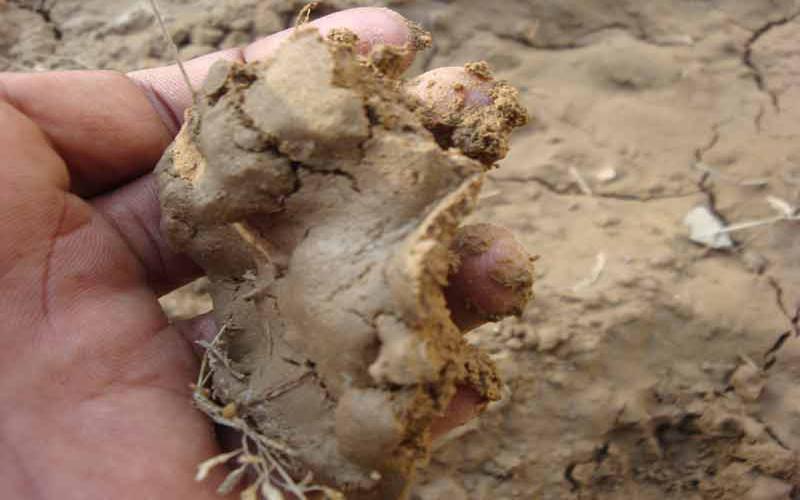
II). Black soils
- Such soils are dark in colour and turn extremely hard on drying and sticky and plastic on wetting, and hence are very difficult to cultivate and manage.
- Such soils occupy an estimated area of 74 Mha.
- These soils are used for growing cotton, millet, sorghum in Madhya Pradesh, Andhra Pradesh, Gujrat and Maharashtra states of India.
- These soils are highly clayey (30-80 %)
- The pH ranges from 7.8 to 8.7, which may go up to 9.5 under sodic/alkalic conditions.
- They have high exchange capacity because of smectite clay minerals.
- These have high water and nutrient holding capacity.
- These have high bulk density because of the swelling and shrinking nature of the soil.
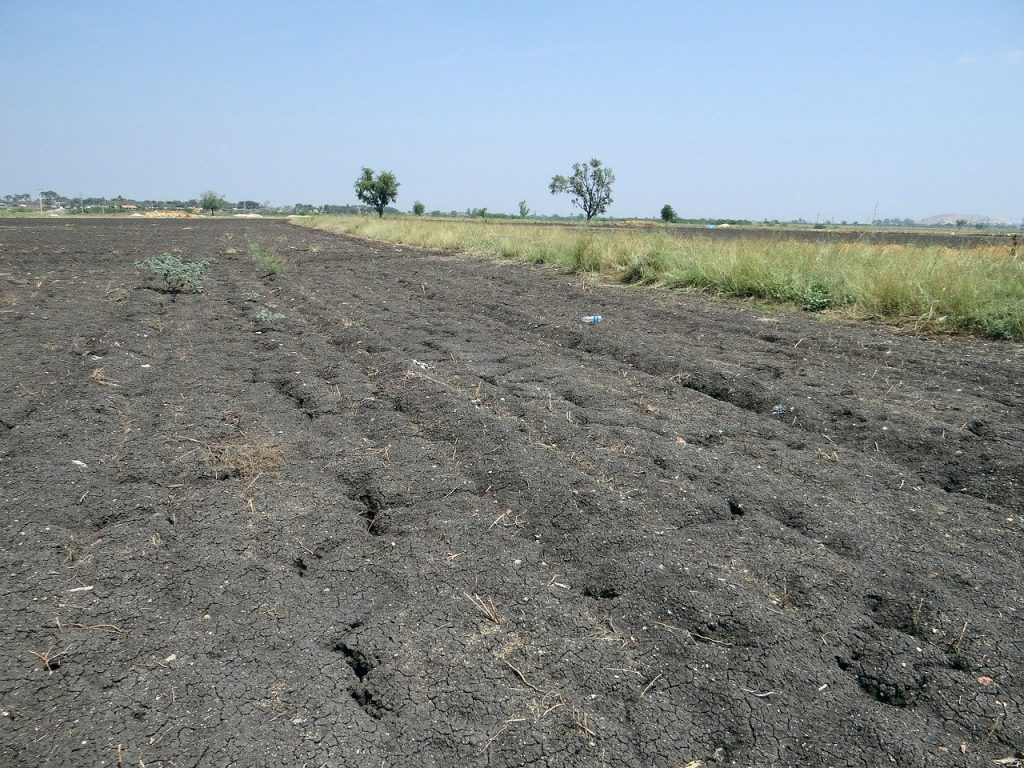
III) Red soils
- These soils are generally red or reddish brown and derived from granites, gneiss and other metamorphic rocks.
- These soils are formed under well drained conditions.
- Eluviation and illuviation of clay, iron, aluminium and bases are the main soil forming processes.
- Red soils are generally neutral to acidic in nature.
- The CEC and base saturation of these soils are relatively lower than those of black and alluvial soils.
- These soils are generally deficient in N, P and K. They are also poor in organic matter and lime contents.
- Red soils in T.N. occupy the largest area.
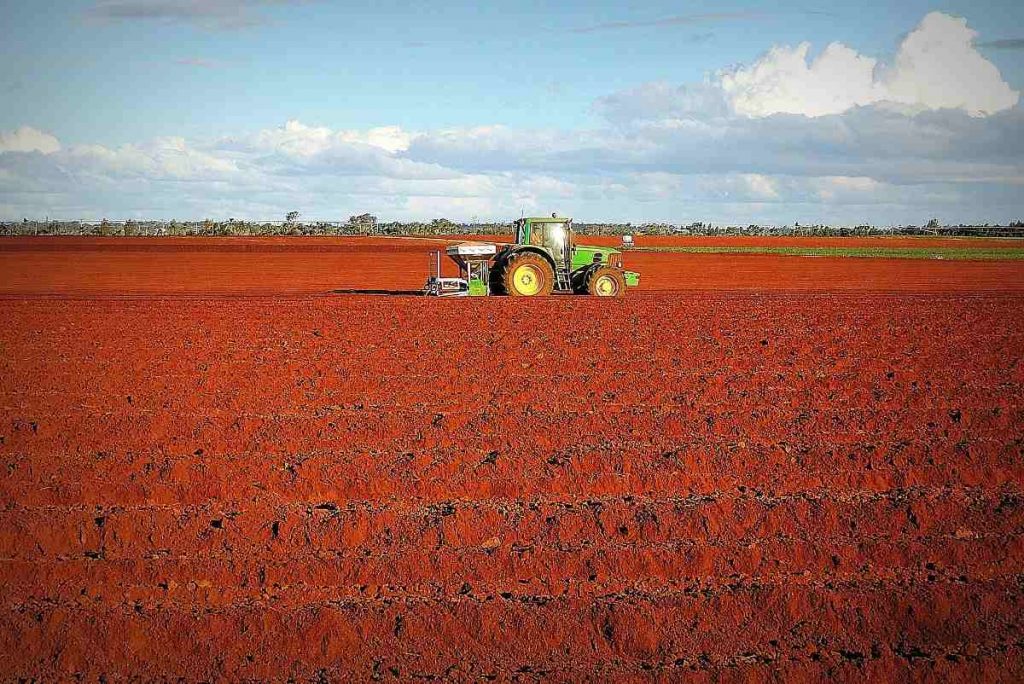
IV) Laterite soils
- The lateritic soils are those in which laterization is the dominant soil forming process. These soils are generally observed on hill tops and Plateau landforms of Orissa, Kerala, Tamil Nadu etc.
- These are deeply weathered soils with high clay content and occupy about 25 Mha of the total geographical area of India
- Kaolinite is the dominant clay mineral of these soils. These are low in CEC and base saturation.
- These soils loss bases and silica due to pronounced leaching with accumulation of sesquioxides and so soils are acidic in nature. .
- Deficiency of P, K, Ca, Zn, B, and high acidity and toxicity of Al and Mn soccurs.
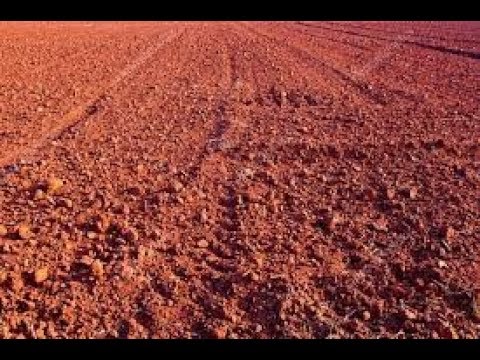
v) Desert soils
- Occurrence: West Rajasthan, Haryana. The desert sand is composed of quartz.
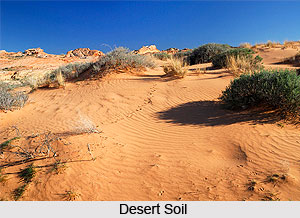
By Mr. Rohita Garnayak, M.Sc. Soil Science and Agricultural Chemistry
